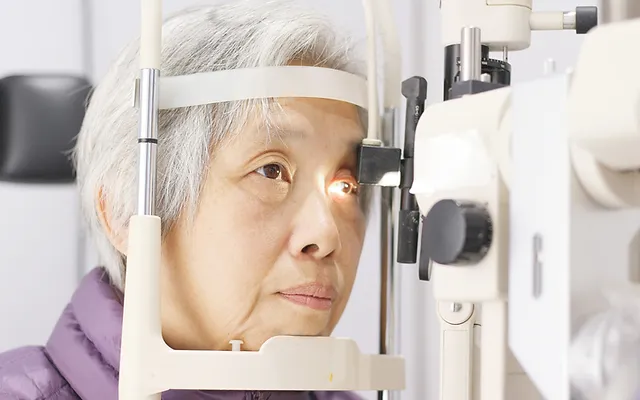Understanding Glaucoma vs. Cataracts

Understanding the Differences of Glaucoma & Cataracts
When it comes to eye health, conditions like glaucoma and cataracts can cause significant concern. While both affect vision, they are distinct conditions with different causes, symptoms, and treatment approaches. In this blog post, we’ll explore the differences between glaucoma and cataracts to help you better understand these common eye disorders.
Glaucoma: The Silent Thief of Sight
Glaucoma is a group of eye diseases characterized by damage to the optic nerve, often caused by increased pressure within the eye. It is often referred to as the “silent thief of sight” because it can progress slowly without noticeable symptoms until significant vision loss occurs. Risk factors for glaucoma include age, family history, ethnicity, and certain medical conditions such as diabetes and hypertension.
Symptoms of Glaucoma:
- Gradual loss of peripheral vision
- Blurred vision
- Halos around lights
- Eye pain or redness
- Nausea or vomiting (in acute angle-closure glaucoma)
Cataracts: Clouding of the Lens
Cataracts occur when the natural lens of the eye becomes cloudy, leading to blurred or dim vision. Aging is the most common cause of cataracts, but other factors such as genetics, UV radiation exposure, and certain medications can also contribute to their development. Cataracts typically develop slowly over time and can affect one or both eyes.
Symptoms of Cataracts:
- Blurred or cloudy vision
- Difficulty seeing at night
- Increased sensitivity to glare
- Faded colors
- Double vision in one eye
Distinguishing Between Glaucoma and Cataracts
While both glaucoma and cataracts can affect vision, there are key differences between the two conditions:
- Cause: Glaucoma is primarily caused by increased intraocular pressure damaging the optic nerve, whereas cataracts result from the gradual clouding of the eye’s natural lens.
- Symptoms: Glaucoma often has no noticeable symptoms in the early stages, while cataracts typically cause gradual vision changes such as blurriness and glare sensitivity.
- Treatment: Glaucoma management focuses on lowering intraocular pressure through medication, laser therapy, or surgery, whereas cataracts are treated with surgical removal of the cloudy lens followed by implantation of an artificial lens.
Seeking Treatment and Preventive Measures
Early detection and treatment are crucial for both glaucoma and cataracts to prevent vision loss and preserve eye health. Regular comprehensive eye exams, especially for individuals at higher risk, can help detect these conditions in their early stages when treatment is most effective. Additionally, practicing healthy habits such as wearing UV-protective eyewear, maintaining a balanced diet, and managing chronic health conditions can reduce the risk of developing these eye disorders.
Trust SightMD with your Eye Care
Understanding the differences between glaucoma and cataracts is essential for maintaining optimal eye health and preserving vision. By recognizing the distinct characteristics, symptoms, risk factors, and treatment options for each condition, individuals can take proactive steps to prioritize their eye care and seek timely intervention when needed. If you have concerns about your vision or are due for a comprehensive eye exam, schedule an appointment with the experienced ophthalmologists at SightMD. Our team is dedicated to providing personalized eye care and innovative treatment solutions to help you achieve and maintain clear, healthy vision for life.


